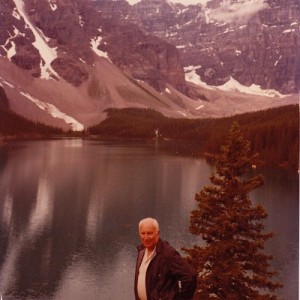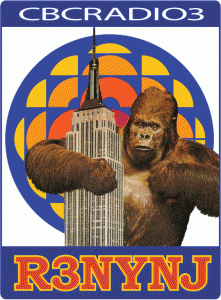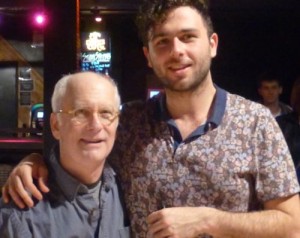Today’s Work–Teaching Journalism Students at CUNY Grad School
Teaching journo students at CUNY today. Thx to Prof Glenn Lewis for asking me back 5th straight year. Eager to hear their good book ideas.
— Philip Turner (@philipsturner) January 15, 2013
Enjoyed myself today, team-teaching in a nonfiction book writing seminar with a dozen students at CUNY’s Graduate School of Journalism on W. 40th Street. I first presented the evolving book world–digital and print–and filled in my book biz background, from retail bookselling to years as an editorial director at major houses publishing topical nonfiction. In the 2nd half of our session, the students presented book project ideas they’re thinking of launching into. With Prof. Glenn Lewis, who’s invited me to join him at least 5 years in a row, we listened to their pitches, hearing some really good ideas. Encouraged them to be in touch going forward, and hope to hear from them again, particularly a few.







